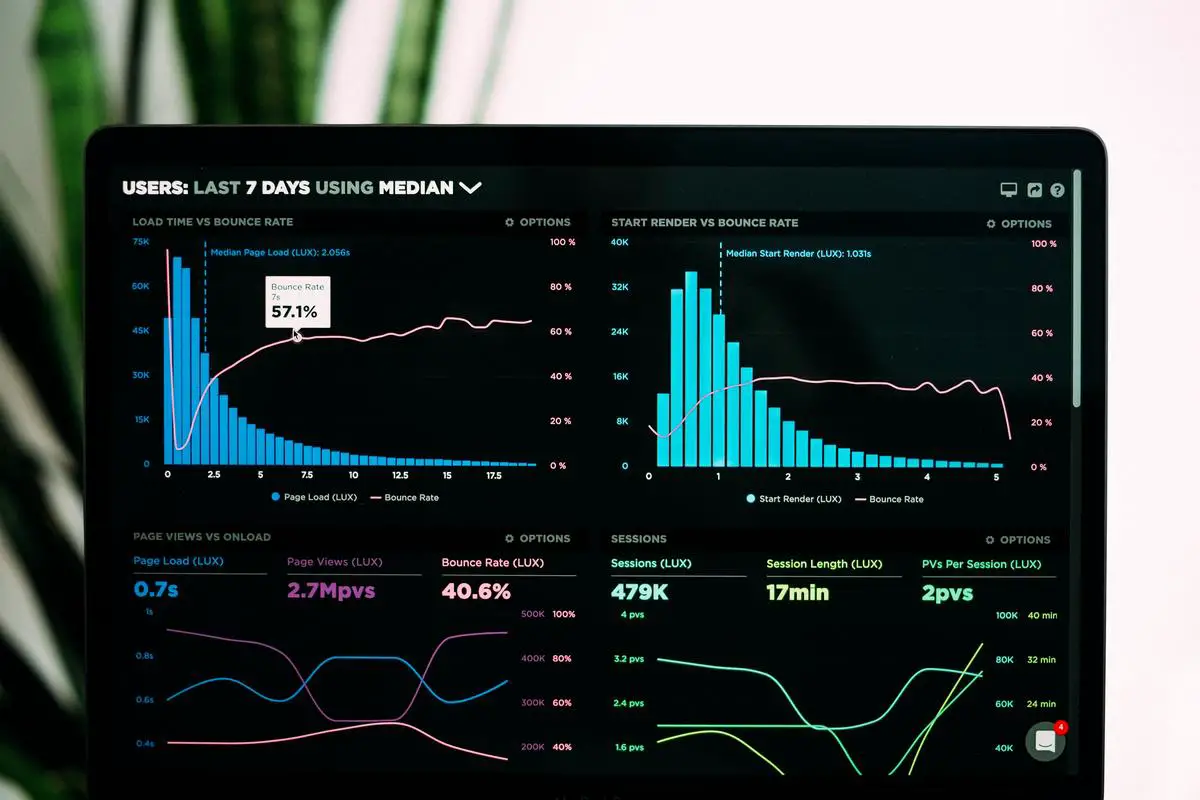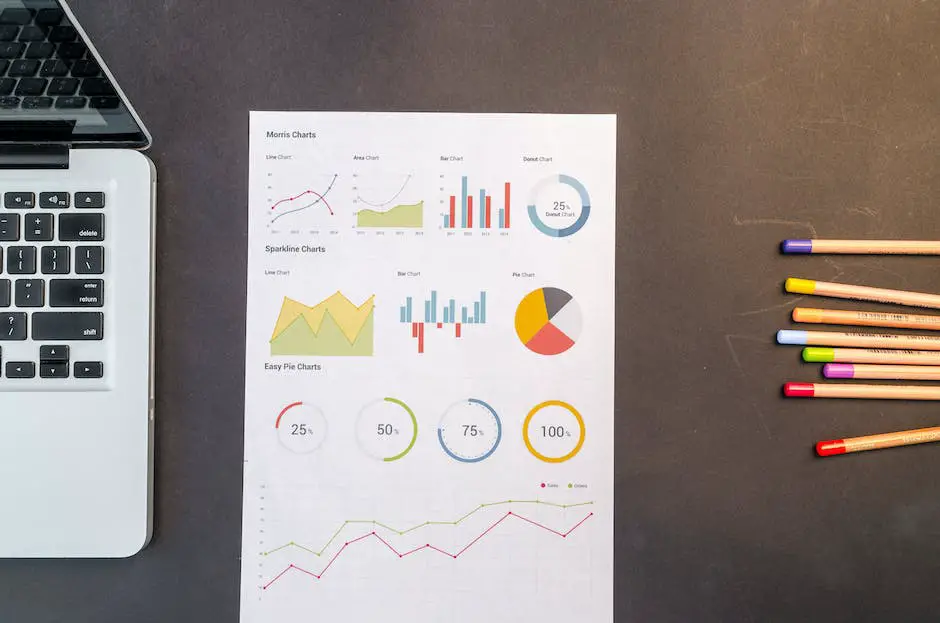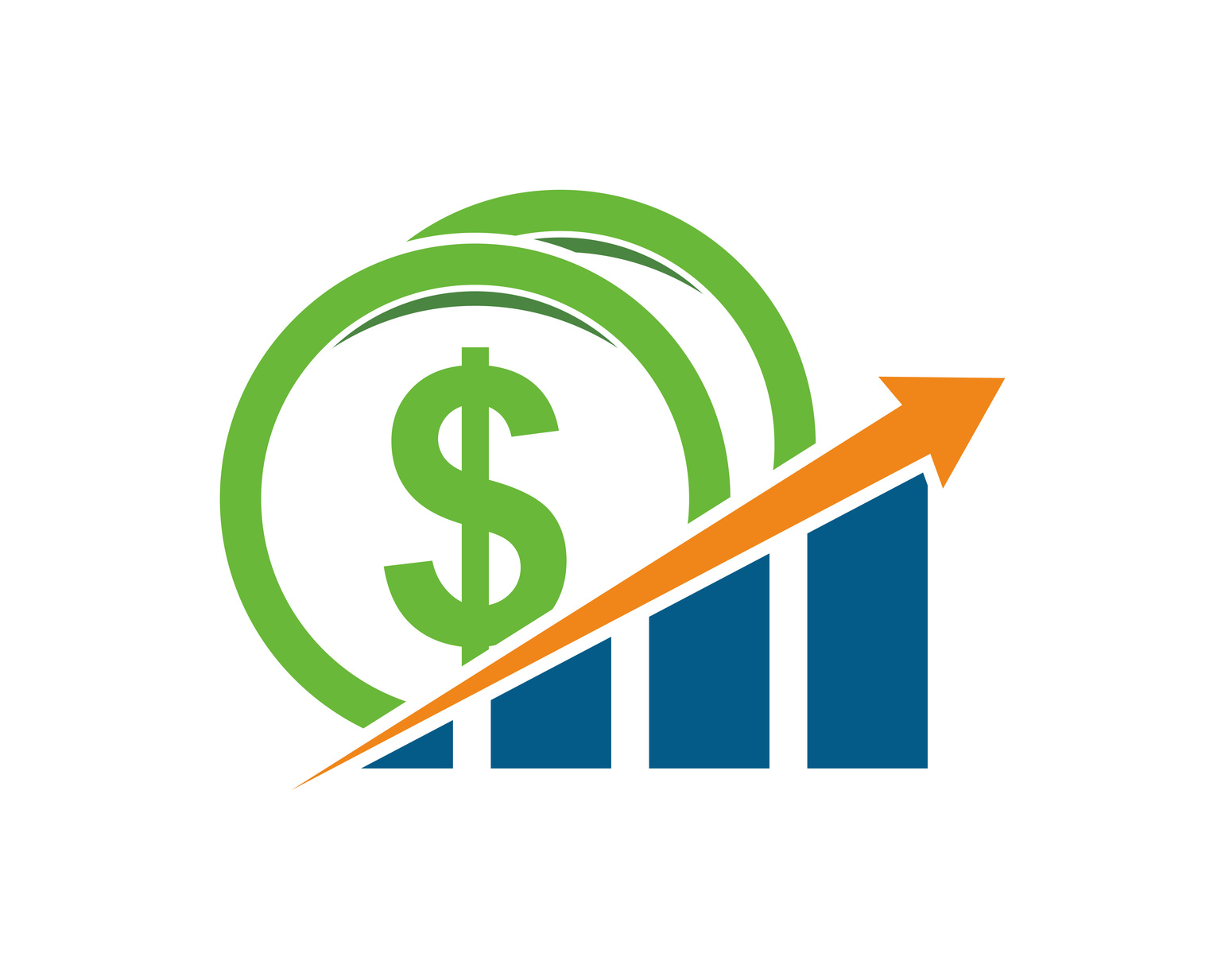Finance is an integral part of our lives that greatly determines our future security and comfort. Among the various pillars of a financially secure future, Individual Retirement Accounts (IRAs) stand tall. As an effective tool to save for retirement, understanding the ins and outs of IRAs can greatly benefit individuals in crafting a secure and gainful future. This expos̩ aims to unfold the layers of IRA Рfrom understanding its fundamental structure, how the rates are calculated, to factors that affect these rates and historic patterns. We will also delve into an evaluation of future predictions based on current trends and market influences. With an objective to enlighten the general public, this piece can serve as a roadmap in navigating the intricate terrains of IRAs and optimizing their benefits.
Understanding Individual Retirement Accounts (IRAs)
Understanding Individual Retirement Accounts (IRAs)
IRAs, short for Individual Retirement Accounts, are a special type of savings account with specific tax benefits designed to help individuals save for their retirement. The primary reason to have an IRA is to set aside money for retirement, it allows your earnings to grow with tax advantages.
The most appealing feature of an IRA is that it gives you the freedom to direct your investments and it isn’t attached to your employer, unlike a 401(k). This means an IRA provides the potential for a greater variety of investment options, such as individual stocks, bonds, mutual funds, ETFs, and even real estate.
Types of IRAs
There are three main types of IRAs, each offering different tax advantages: Traditional IRAs, Roth IRAs, and Rollover IRAs.
- Traditional IRAs: Contributions are made with pre-tax dollars, meaning the money you put into a Traditional IRA is deducted from your income before calculating your tax for that year. This could lower your current income tax bill. The investments in the account grow tax-deferred until retirement, when withdrawals are then taxed as ordinary income.
- Roth IRAs: With a Roth IRA, on the other hand, contributions are made with money that’s already been taxed. The advantage is that investments in the account grow tax-free, and you’re not taxed when you withdraw the money at retirement.
- Rollover IRAs: A Rollover IRA is when you “roll over” funds from a previous employer’s retirement plan, like a 401(k) or 403(b) into an IRA. Rollover IRAs are not new types of IRAs, but are classified as either a Traditional or Roth IRA, depending on the type of retirement account from which the funds are transferred.
Decoding Forecasted IRA Rates
When talking about “rates” in the context of an Individual Retirement Account (IRA), it is important to note that this does not refer to a pre-set interest rate found in typical savings accounts or CDs. Instead, the returns you can expect from an IRA greatly depend on the type of investments you select for the account.
In the current year of 2022, the IRS has capped the total annual contributions to both Traditional and Roth IRA at $6,000 per person. This cap increases to $7,000 for those who are over 50 years of age. These limits are subject to change depending on inflation rates and policy shifts.
Predicting IRA rates of return is complex given the array of investment options available. If your IRA invests in the stock market, for example, your returns will mirror market movements. That said, many finance professionals refer to a 5-8% average annual return as a general forecast for long-term stock market investments.
Still, remember that no investment is foolproof and all involve inherent risks. Seeking professional advice, diversifying your investment portfolio, and making regular adjustments based on market conditions can help dilute potential risks while optimizing expected profits.

Rate Calculation for IRA
The Nitty-Gritty of IRA Rates
Individual Retirement Accounts, or IRAs, are designed to supplement existing retirement plans while offering flexibility in investment choices. The “rates” for IRAs essentially refer to the return on the investments housed within these accounts. Gaining an understanding of these rates, alongside knowledge of how they are calculated, can significantly impact your financial readiness for your golden years.
How Contributions Impact IRA Rates
Contributions are the amounts of money that you deposit into your IRA. They can either be deductible or non-deductible, depending on the type of IRA you have. The more you contribute, the more your IRA’s balance will grow, and consequently, the higher your rate of return would likely be. The government sets maximum limits on how much you can contribute each year to prevent excessive tax advantages.
IRA Distribution Effects on Rates
Distributions are the withdrawals you make from your IRA. There are rules about when you can make these withdrawals without facing penalties. Generally, you cannot make withdrawals before the age of 59½ without a 10% penalty, with few exceptions. These distributions can impact the balance of your IRA, and thus, the overall growth rate.
Role of Compounding in IRA Growth
Compounding is another vital factor in growing your IRA’s balance and thus increasing the rate of return. Compounding occurs when the interest earned from your investments is reinvested, generating additional interest. Over time, this compound interest can lead to significant growth in your IRA balance.
Forecasting IRA Rates
Forecasting IRA rates might be challenging due to uncertainties in the market and the economy. However, there are some methods financial experts use. Common techniques include analyzing historical data, studying current economic trends, and predicting future market changes. Many financial advisors also consider inflation rates, as it affects the purchasing power of your retirement savings.
Importance of Forecasted IRA Rates
Knowing forecasted IRA rates helps retiree investors make informed decisions. For instance, if the rates are expected to be high, it might encourage more contributions. Conversely, if the rates are expected to fall, it may lead to a change of investment strategy within the IRA.
Planning for retirement isn’t a set-and-forget activity; it requires continuous review and adjustments. Changes in interest rates, economic fluctuations, and any shifts in personal financial circumstances mandate a flexible approach. Keeping on top of these changes and making necessary adjustments can help you optimize your retirement savings to ensure financial security during retirement.

Photo by lukechesser on Unsplash
Factors Affecting IRA Rates
Understanding the Variables that Influence IRA Rates
An in-depth understanding of forecasted Individual Retirement Account (IRA) rates requires knowledge of several intertwined factors. Amongst others, these elements include inflation trends, policies put forth by the U.S. Federal Reserve, and the prevailing economic climate. All these factors can significantly impact the trajectory of IRA rates over time.
The Role of Inflation
Inflation refers to the general increase in prices and fall in the purchasing value of money. It plays a significant role in impacting IRA rates. Rising inflation can erode the purchasing power of your retirement savings. High inflation may lead to higher interest rates, which could potentially raise the returns on your IRA. However, while inflation might boost interest rates in the short term, in the long run, it could decrease the real value of your savings.
Federal Reserve Policies
The Federal Reserve, being the central bank of the United States, has a say in determining interest rates, including those that apply to IRAs. When the Federal Reserve increases the Federal Funds rate— the interest rate at which depository institutions lend money to each other—it often leads to higher interest rates on IRAs.
Moreover, the Federal Reserve’s broader monetary policies also have a significant effect on forecasted IRA rates. For instance, quantitative easing, a method used by the Fed to inject money into the economy, can lead to lower interest rates and, consequently, lower returns on IRAs.
Economic Conditions and Outlook
The general economic conditions and outlook can also influence IRA rates. During periods of economic growth, interest rates typically increase as businesses expand and demand more capital. This can lead to higher returns on savings and retirement accounts like IRAs. Conversely, during economic downturns, interest rates usually decrease to encourage borrowing and spending, leading to a lower return on IRAs.
Comprehending the various factors which influence forecasted IRA rates is key for anyone aiming to be informed in this subject matter. Components such as inflation rate, the policies of the Federal Reserve, and the overall economic environment collectively impact the determination of interest rates, and subsequently, the returns on IRAs. In this regard, staying updated on these influences can provide a more precise prediction of your IRA’s long-term growth when planning for retirement.

Historical IRA Rates
A Glimpse Into the Past: The Evolution of IRA Rates
The interest rates of individual retirement accounts (IRAs) have experienced notable changes over time, showing a strong correlation with the current economic conditions. As such, tracking the development of IRAs throughout history can provide greater context and understanding when managing your own retirement planning.
The 1980s: High Interest Rates and Substantial Returns
In the late 1970s and early 1980s, the U.S. faced massive inflation. To counteract this, the Federal Reserve raised interest rates substantially. This action resulted in very high IRA rates, with some even reaching above 15%. Given these high-interest rates coupled with the recently introduced IRA legislation in 1974, the 1980s were a profitable time for IRA investors.
The 1990s: Stabilizing Economy and Decreasing IRA Rates
As the economy stabilized throughout the ’90s, interest rates gradually started dropping. By the end of the decade, the average IRA interest rate had decreased to around 6%. While these rates were lower than what investors had seen in the 1980s, the reduction in rates translated to a more predictable and steady investment climate.
The 2000s to 2010s: Falling Interest Rates and the Great Recession
Entering the new millennium, the U.S. economy underwent several pivotal shifts, amplifying throughout the Great Recession of 2008. In an attempt to stimulate the economy, the Fed cut interest rates drastically, sometimes even near zero. Simultaneously, the drop in IRA rates was significant, with rates often falling below 2%.
Looking Forward: Forecasted IRA Rates
Given the unprecedented economic landscape brought on by COVID-19, predicting future IRA rates can be somewhat challenging. As of today, the Federal Reserve has maintained historically low-interest rates to help the economy recover. Consequently, current IRA rates remain relatively low. However, as the economy continues to recover, it is possible that interest rates may start to slowly rise.
While the future of IRA rates is challenging to predict due to fluctuating financial markets and global events, past trends during periods of economic boom and decline can be used as an insightful forecasting tool. Therefore, it is crucial for investors to stay updated and ready for diverse scenarios.

Future Predictions for IRA Rates
An Overview of the Current IRA Rates
At present, the interest rates of Individual Retirement Accounts (IRAs) are comparatively low in the United States. These rates can vary based on the type of your IRA and the establishment offering it. The Federal Reserve’s low-interest-rate environment, created in response to the economic effects of the COVID-19 pandemic, has led to persistently low Traditional and Roth IRA rates.
Potential Factors Influencing Future IRA Rates
Several key factors might influence the forecast of IRA rates in the future. These include government policies, inflation rates, general economic conditions, and the investment choices offered within the IRA.
Impact of Government Policies
Government policies play a significant role in determining IRA rates. The Federal Reserve—a U.S. government entity—controls the short-term interest rates in the country, which directly influence IRA rates. If the Federal Reserve decides to increase interest rates in the future, IRA rates would likely go up.
Influence of Inflation
Inflation is another critical factor that could affect future IRA rates. High inflation could lead the Federal Reserve to increase interest rates to control rising prices, which would, in turn, push IRA rates upward. Conversely, low inflation would probably result in lower IRA rates.
Economic Conditions and Their Effects on IRA Rates
General economic conditions can also affect IRA rates. In a booming economy, interest rates generally rise as businesses borrow more to invest, pushing up IRA rates. On the other hand, in a recession or in conditions of economic uncertainty, the Federal Reserve tends to lower interest rates to stimulate economic growth, which would reduce IRA rates.
Prediction of Future IRA Rates
Given current economic conditions and Federal Reserve statements, it is likely that interest rates will remain relatively low in the near future. However, the prediction for medium to long-term future is less clear and largely depends on the direction of inflation and capital market trends. Currently, many market observers expect inflation to rise in the coming years due to increased government spending over recent years.
In summary, while IRA rates are expected to remain low in the near future due to current economic conditions and government policies, there is a possibility for increase rates several years down the line based largely on potential rises in inflation. However, given the volatility and uncertainty of economic conditions, these predictions must be taken as educated estimates and could change based on a variety of factors.

Diving deep into the mechanics of Individual Retirement Accounts (IRA), gives us a better understanding of its functioning and its substantial impact on financial security. Rates for IRAs are a critical piece in this puzzle. Just as riveting are the factors influencing these rates, including complex variables like inflation and Federal Reserve policy. By looking to history, we gain insights useful in forming predictions on future IRA rates. Predicting future rates aligns with our understanding of market conditions and provides perspective, allowing for better financial strategies. As foreknowledge is forearmed, understanding IRAs and their rate behavior equips individuals to optimize their financial planning, boost their financial security, and confidently face the future.
